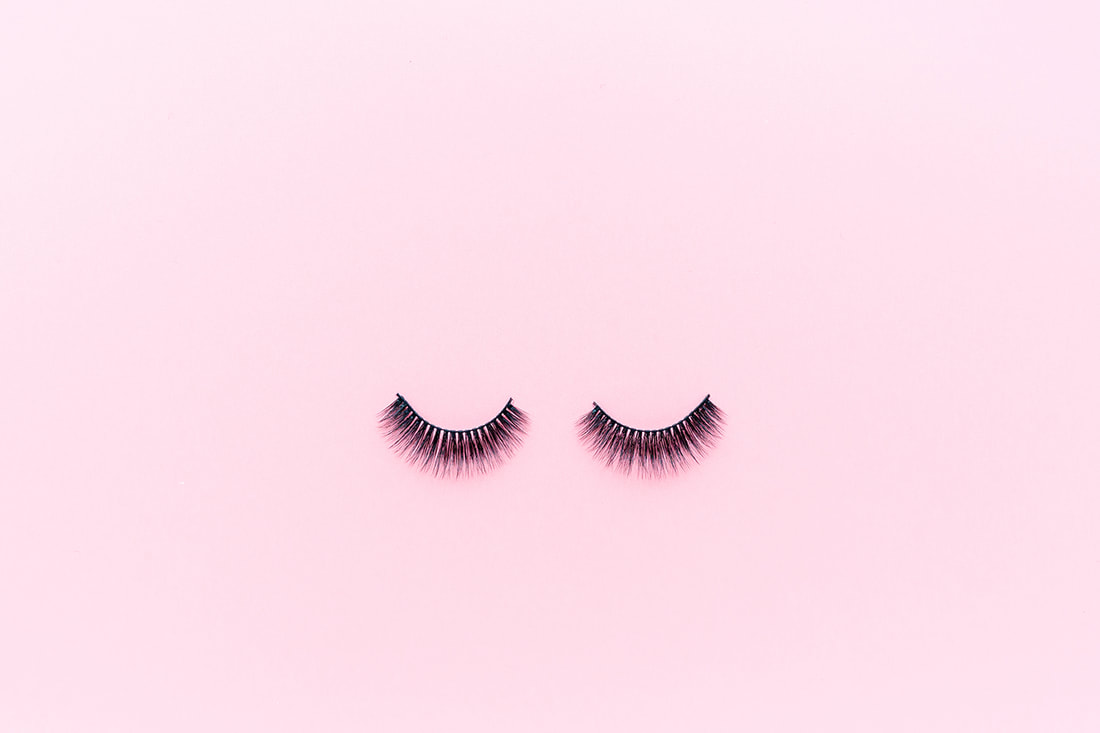|
October is National Breast Cancer Awareness Month, an annual campaign to increase awareness of the disease. Breast cancer is the most common kind of cancer found in women, and the second deadliest behind lung cancer. About 1 in 8 women born today in the United States will get breast cancer at some point. While most people are aware of breast cancer statistics, many forget to take the preventive steps needed for lowering risk and early detection. Who Gets Breast Cancer? Studies have shown that your risk for breast cancer is due to a combination of factors. The main factors that influence your risk include being a woman and getting older. Most breast cancers are found in women who are 50 years old or older. Some risk factors for breast cancer are things you cannot change, such as getting older or being female. Some women inherit certain gene mutations from their parents or have a family history breast cancer. Some women have higher risk because of other specific genetic factors, like the color of their skin, or how tall they are. Certain other conditions - like having dense breast tissue or having more menstrual cycles because they either started menstruating early or went through menopause late – are all risk factors you have no control over.
What Can I Do to Lower My Risk? Other risk factors for breast cancer are related to lifestyle and personal behaviors, such as diet and exercise. There is no sure way to prevent breast cancer. But there are things you can do that might lower your risk.
What Are Breast Cancer Screenings? Breast cancer screening means checking a woman’s breasts for cancer before there are signs or symptoms of the disease. Although breast cancer screening cannot prevent breast cancer, it can help find breast cancer early, when it is easier to treat. Annual women’s preventive screenings are generally covered at no cost to you by your employer-sponsored health plan. By following these three steps, you will help increase your chance of detecting breast cancer early.
Materials provided by the National Breast Cancer Foundation
0 Comments
Your comment will be posted after it is approved.
Leave a Reply. |
Topics
All
Archives
March 2023
|





